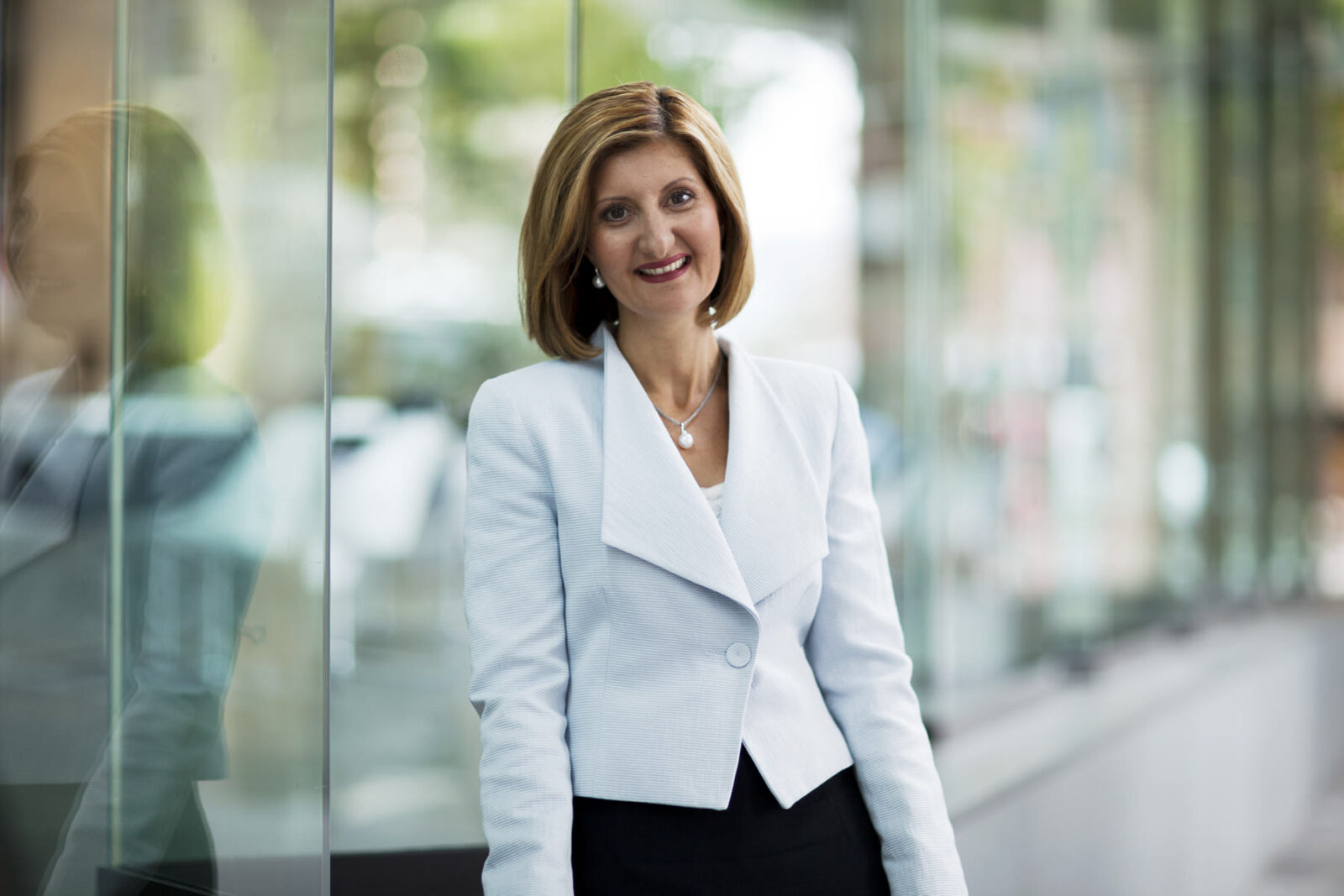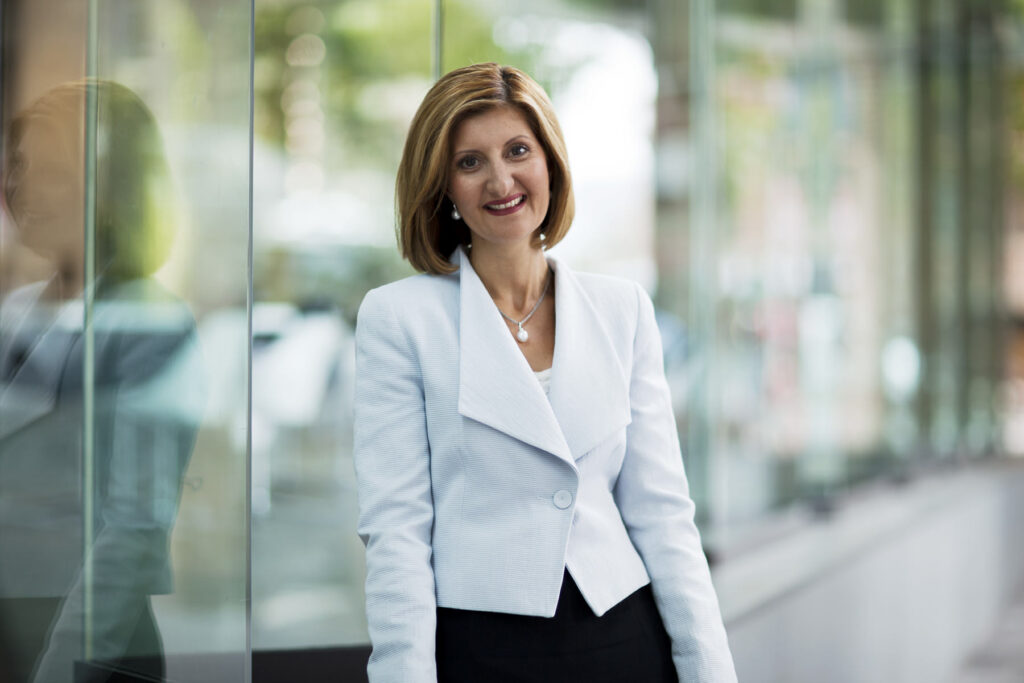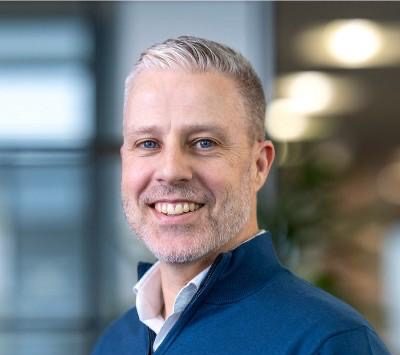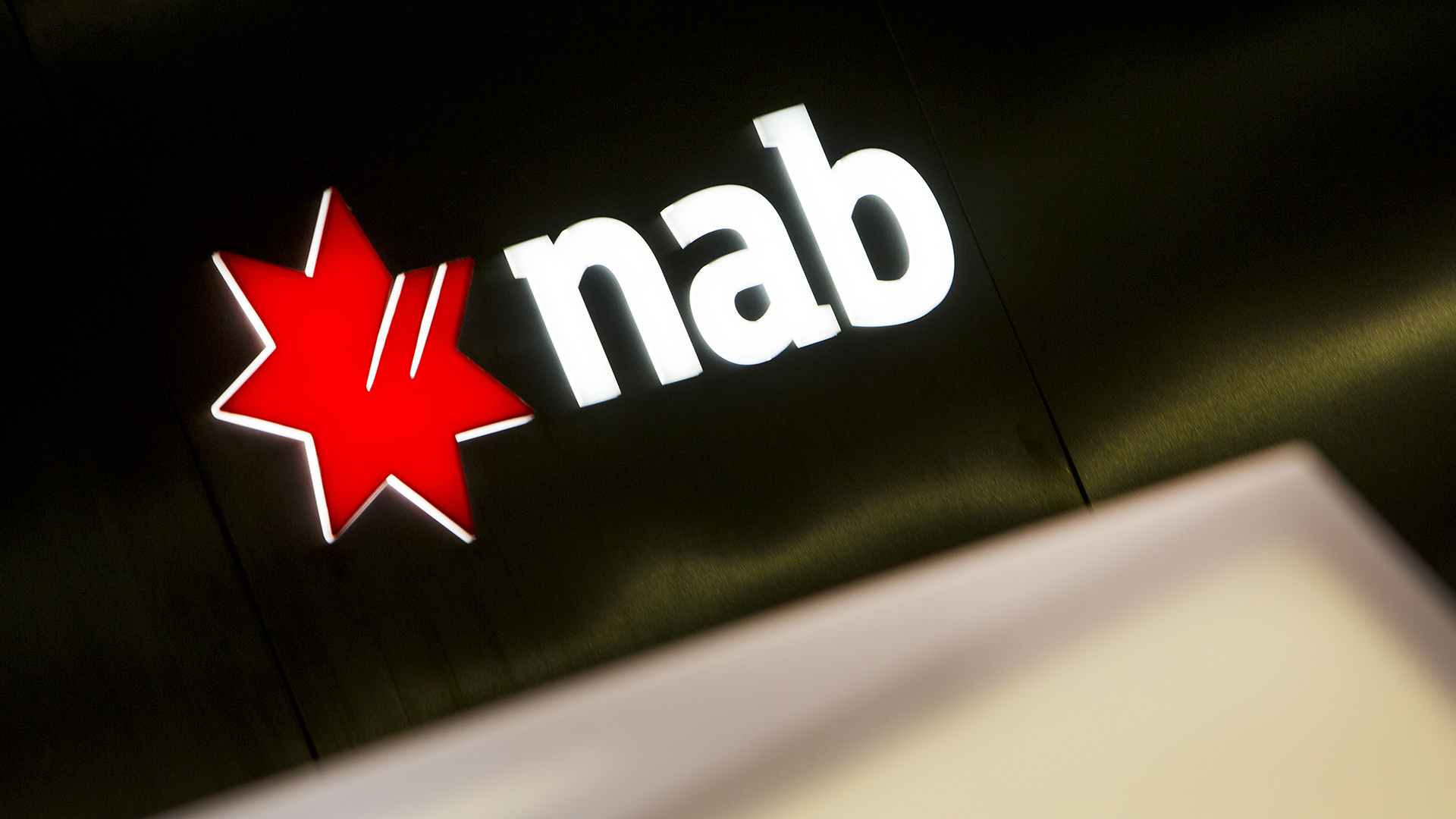Today, Business Banking Group Executive Angela Mentis spoke to our customers about International Women’s Day in Sydney.
– CHECK AGAINST DELIVERY –
Good morning everyone and welcome to this very special event celebrating International Women’s Day.
My name is Angela Mentis and I’m the Group Executive of Business Banking at NAB.
A warm welcome to our customers – It is great to see you all. Thank you for sharing your valuable time with us today.
I would also like to take this opportunity to personally thank our guest panellists:
- Sue Ismiel – Founder and CEO of the business behind hair removal brand, Nad’s
- Jillian Segal – Chairman of the General Sir John Monash Foundation, Non-Executive Director of NAB, and Member of the Order of Australia
We are very grateful for your involvement. Finally, I am so pleased to welcome my NAB colleagues joining us in the room, as we proudly mark our tenth year of hosting International Women’s Day celebrations.
Well, what a topic. Women as a Global Economic Force.
It’s interesting, I was reflecting on today in preparation and thinking how we at NAB pride ourselves on bringing you, our customers, business research and insights that will help your business grow and succeed. Each of us in our own roles as business people are all keeping an eye on major economic trends – what is the Aussie Dollar doing? Where will China move next? What about India? Is the US recovery sustainable?
Yet there is one economic power that we don’t often turn our minds to – that is the global economic power of women.
The facts are somewhat staggering, but perhaps not surprising to this group:
As a market:
- Globally women now represent the largest emerging market the world has ever seen; bigger than India and China combined
- In 2009, women controlled $20 trillion in consumer spending globally and that figure is expected to climb to $28 trillion this year
- This will continue on an upward trajectory as women in developing nations move into the middle class
As a Labour force:
- The impact that small increases in the female participation rates have on our Australian economy are quite outstanding
- Research recently completed by Dr Marianne Cooper, a leading sociologist from Stanford University who has worked very closely with NAB, has shown that the rise of the female employment rate since the early 1970s has increased overall economic activity in Australia by 22 per cent
- If we were to narrow the employment gap between Australian men and women, economists estimate this would boost our GDP by 11 per cent – eclipsing the most recent GDP figure of 0.5 per cent for the December 2014 quarter.
As Senior Leaders:
- Extensive research tells us that when you have more women in senior leadership positions, the business performs better
- Yet, Australian women are significantly under-represented in senior levels of business, and on the boards of our companies
- Female representation on executive management teams in Australia is only 23.8 percent and women make up only 2 per cent of CEOs among ASX 500 companies
The facts are clear – there are great global benefits, , to be realised if we increase the participation rates of women in our labour force and increase the number of women in senior roles in our businesses.
Which begs the question, why aren’t there equal male and female workforce participation rates and why are we don’t we see equal representation of women in senior roles?
Why have things not changed yet?
I know it’s a big question and there are a lot of different explanations, but there is one reason which stands out to me as most important. I think the role of women in business is something that we as business leaders can influence, by leading discussion in society around the role of care givers.
Traditionally, as an Australian society we have evolved with a view of the family unit as having one party acting as a primary care giver and one party playing the role of income earner to support the family. This has changed a lot over the years and there are many different family constructs, with a mixture of full and part-time roles, or families who have only one parent. However the fact remains that we do still have a societal bias toward seeing women in the role of primary care giver.
I am not for a minute questioning the need for the role of a care giver in the family. A care giver does not have to relate to children andcan take many forms but as our population ages, this role will develop to include providing care to aging parents and relatives.
What I do want to question is as a society, are we right in still seeing this as “one person’s” role, be it either a mum or a dad? Many studies show that children who grow up in an environment where both parents have equally shared responsibilities as care givers develop into more balanced adults.
Once, work and a career required the physical presence in the office for 8 hours, five days a week. Careers were graduation to grave – it was this requirement for a structured, physical and continued presence in a place of work, in order to advance in a career. This has built our bias towards seeing the role of care giver sitting with person, traditionally with a female, who was then often subject to limited career progression opportunities if she re-entered the workforce. Interestingly, one in two women in Australia have experienced pregnancy related discrimination?
How can we make society change?
This is where I believe that we, as NAB, as part of Corporate Australia, as a global corporation, have a very important role to play in changing this bias and this can be done by changing the way we view work.
We hear a lot of talk about flexible working and how important it is It is vitally important. – Flexible working must become the norm, something that is built into our thinking to the point that we as a society don’t think about it as “flexible working” any longer but as simply “working”.
It must be that this is the way of working for everyone, both men and women, so that we no longer perceive a need for one person to be “at work” and for one person to be a primary care giver.
We need to build a way of working, where all family members can “work” in a way that works for their family and their personal circumstances .
A way of working that makes our lives “work”.
At NAB we are committed to embedding this way of thinking into our everyday. We have the technology to enable us to do this and we have the skilled workforce who can bring it to life. We have the willingness to make changes to how we work in teams and how we lead our communication to make it work for both our people and for our customers.
This isn’t easy and its not the panacea for instant change – it is enabling choice
I say it isn’t easy, as I know this first hand. My husband Rob and I have chosen to share the care giving role in our family. It is hard and it takes a lot of discipline. We are both committed to our family (we have two beautiful teenagers, Rebecca 15 and Harrison 14) and we are both committed to our careers. As I said, it isn’t easy, but with a lot of discipline, hard work and shared commitment, it works.
I feel fortunate – I am part of a pioneering generation which has taken advantage of the hard work done by previous generations, who knew there was more than one way to be an excellent mother.
We have a unique and powerful opportunity standing before us at NAB as we seek to make these changes and as we try in different ways to harness the power of the Global Economic Force of Women.
We are Australia’s leading business bank. We have thousands of staff, and tens of thousands of customers who themselves employ a significant proportion of Australia. We have the privilege of being invited into our customer’s financial lives and into their decision making world.
Making changes in our bank, through the way we work has the capacity to create positive changes in the lives of our people. –Through our people, through our customers and their staff, and their customers we will be able to touch millions of Australians. This demonstrates yet another way NAB are dedicated to helping build a better Australia.
Thank you again for your time. Today is a day for us to celebrate the international achievements of women. I want to take this opportunity to particularly call out the achievements of entrepreneurs Nikki Jurcutz and Simone Kain, CarsGuide.com.au’s Lauren Williams, Airservices Australia’s Linda Spurr and Hamlin Fistula Australia’s Lucy Perry – all emerging female leaders – some of whom are in the audience today.
We have a short break now for brunch and following this we will hear from Christine Stasi, General Manager of People, who will be guiding today’s panel discussion with two of Australia’s most impressive business women – Sue and Jillian.




